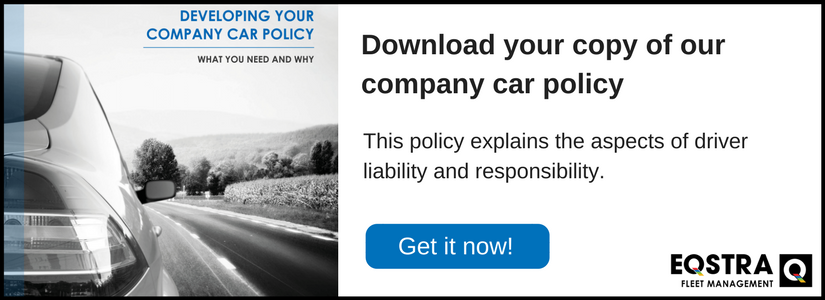
Fleet budgeting can seem like an impossibly large task, but with our four tips you’ll lock it down in no time.
Every fleet manager dreads the words ‘unexpected costs’ and ‘forecast’ simply because nailing down an accurate fleet budget can seem near impossible. If you stick to these four steps, however, you will end up with a clearer picture of your fleet budget and can avoid most nasty surprises.
1. Get your facts straight
You can’t go into this blindly – to effectively plan a fleet budget you need a year-on-year view of all your costs and compare these to this year’s fleet expenses. Then start digging into the detail:
- Work out how many vehicles you intend to buy / sell
- For each buy / sell work out the Total Cost of Operations (TCO). This includes all the ‘hidden’ costs such as vehicle registration, finance costs, bank fees and admin expenses. You need a full picture of how much it will cost to buy and sell each vehicle.
- Always keep maintenance costs in mind – some vehicles will now be older and possibly require more maintenance. Work out the actual running cost of each vehicle that will remain on your fleet keeping in mind that it is now a year older.
- Find out if there will be an increase in your insurance costs – get a full forecast from your insurance company.
- Most importantly: be realistic. Don’t try to sugarcoat expected increases or hope that additional costs won’t pop up.
Fuel pricing is normally included in the TCO of each vehicle, but it’s such a big part of a fleet budget that it deserves individual attention. If you’re adding new vehicles to your fleet, you’ll need to adjust your budget according to their expected fuel consumption figures. But even with meticulous planning and research, this is one area in your budget where you need to leave a wide margin for error. Fuel prices are erratic and can spike at any time. Play it safe and allocate enough to absorb unexpected price increases.
3. Always expect Armageddon
Even if your year-on-year comparison shows a predictable cost increase, fleet managers always need to budget for a steep decline or crash in the market. If you don’t, you risk getting into serious trouble. “Calculate for unexpected costs and possible downtime by including a contingency fee in your budget. To do this, you will need a realistic view of your costs across the spectrum,” says Willie Venter, Fleet Consulting Manager at EQSTRA Fleet Management.
4. Be disciplined
Once you’ve planned and laid out your fleet budget for the year, you must work hard at sticking to it. An effective fleet budget should have a fair amount of money set aside for unexpected costs, but make sure you only use the money for those specific costs and not for anything else.
Stay on track by setting procedures and ensuring everyone sticks to them. Avoid unexpected costs by constantly updating your budget throughout the year. “It is very difficult to stick to your budget, but important to always re-evaluate it by managing your drivers as well as your suppliers,” says Willie. Always remember that your fleet budget is a working document, not something to be filed away!

